Research on Post-Editing Strategies for Chinese-English Translation Based on ChatGPT
DOI: 10.23977/langl.2025.080419 | Downloads: 21 | Views: 315
Author(s)
Du Kaiyi 1
Affiliation(s)
1 School of Foreign Languages, Guizhou University of Finance and Economics, Guiyang, China
Corresponding Author
Du KaiyiABSTRACT
The rapid development of artificial intelligence has contributed to the improved speed and efficiency of machine translation. ChatGPT, an advanced language model developed by Open AI, has found widespread application in the field of translation. However, due to the inherent limitations of machines, machine-generated translations still need to be further modified by translators. Today, human-machine collaboration model enjoys high reputation in the translation field. In this context, this article takes translation instances by ChatGPT as the research object, analyzes them from three dimensions of vocabulary, syntax, and discourse, and proposes appropriate post-editing strategies, aiming to further enhance the quality and efficiency of machine translation.
KEYWORDS
Machine translation, Post-editing, ChatGPT, Translation error, Translation strategyCITE THIS PAPER
Du Kaiyi, Research on Post-Editing Strategies for Chinese-English Translation Based on ChatGPT. Lecture Notes on Language and Literature (2025) Vol. 8: 124-129. DOI: http://dx.doi.org/10.23977/langl.2025.080419.
REFERENCES
[1] Hu Minyu, Yin Jian. (2024).Exploration of Post-Editing Capabilities in Machine Translation Based on ChatGPT. English Square, 20, 43-46.
[2] Feng Quangong, Cui Qiliang. (2016).Posting-Editing Research: Focus Analysis and Development Trends. Shanghai Journal of Translators, 6, 67-94.
[3] Cui Qiliang. (2014).Discussion on Post-Editing in Machine Translation. Chinese Translators Journal, 6, 68-73.
[4] Fan Zirui, Yang Wendi. (2024).Principles and Strategies of Post-Editing in Machine Translation in the era of Human-Machine Collaboration. Shanghai Journal of Translators, 4, 29-34.
[5] Barreiro, A., Scott, B., Kasper, W. and Kiefer, B. (2011).Openlogos machine translation: philosophy, model, resources and customization. Machine Translation, 25, 107-126.
[6] Li Ying,Qu Weiwei, Xiu Shuxin, Xiang Rui. (2024).Research on Post-Editing Strategies in Machine Translation. Journal of Hubei Adult Education Institute, 2, 96-102.
[7] Lian Shuneng. (2010).Contrastive Studies of English and Chinese. Higher Education Press, Beijing.
[8] Cai Lijian. (2020).Twenty Lectures on Chinese-English Translation. The Commercial Press, Beijing.
[9] Liu Chendan, Zhao Xiufeng. (2011).What is Discourse Linguistics? Shanghai Foreign Language Education Press, Shanghai.
| Downloads: | 49058 |
|---|---|
| Visits: | 934359 |
Sponsors, Associates, and Links
-
Journal of Language Testing & Assessment
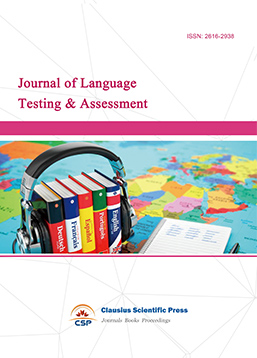
-
Information and Knowledge Management
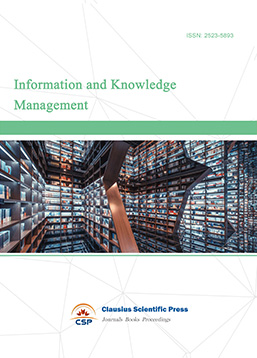
-
Military and Armament Science
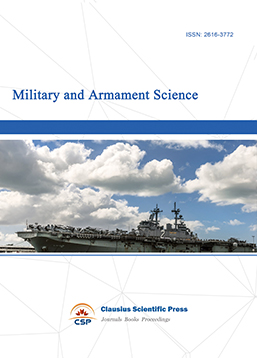
-
Media and Communication Research
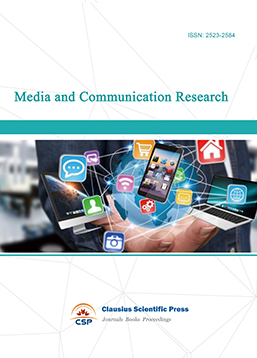
-
Journal of Human Movement Science
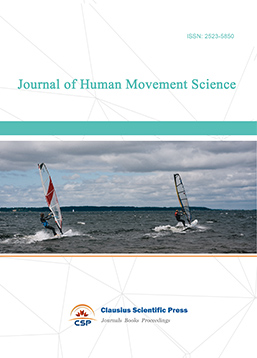
-
Art and Performance Letters
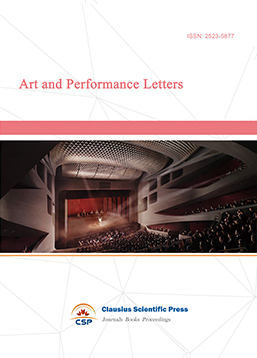
-
Lecture Notes on History
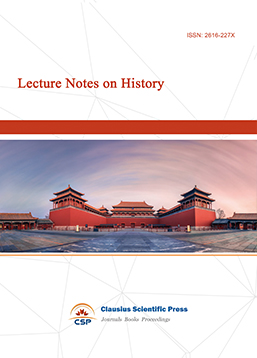
-
Philosophy Journal
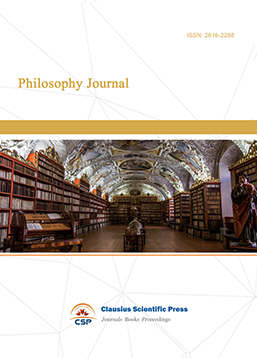
-
Science of Law Journal
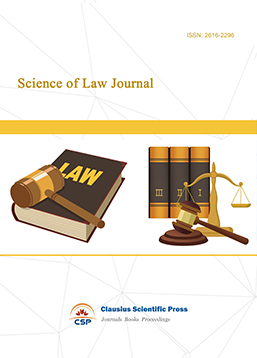
-
Journal of Political Science Research
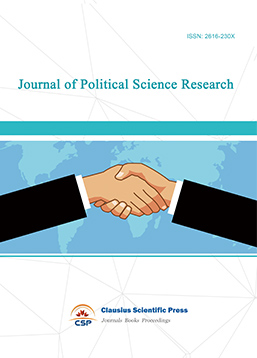
-
Journal of Sociology and Ethnology
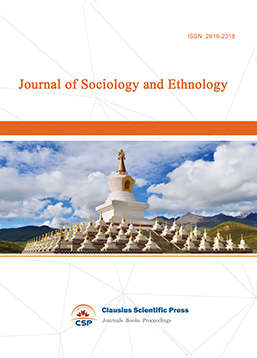
-
Advances in Broadcasting
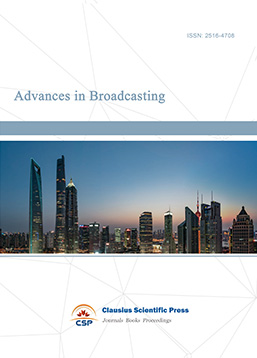

 Download as PDF
Download as PDF